If you’ve ever tried your hand at fingerstyle guitar, you’ll know that it’s a technique that can be quite challenging to master. This intricate style of playing — which involves plucking the strings directly with the fingertips, as opposed to using a pick — requires a unique set of skills and a good deal of practice to get right.
Fingerstyle guitar can be so hard for many reasons, including the need for finger independence, coordination between the picking and fretting hands, control over tone and dynamics, the complexity of the patterns involved, the physical demands on your hand, and the complexity of fingerstyle tablature.
I’ll be delving into each of these challenges in detail, explaining why they make fingerstyle guitar so hard, and providing tips and strategies to overcome them. Whether you’re a beginner just starting out with fingerstyle, or an experienced player looking to refine your technique, there’s something here for you.
Finger Independence
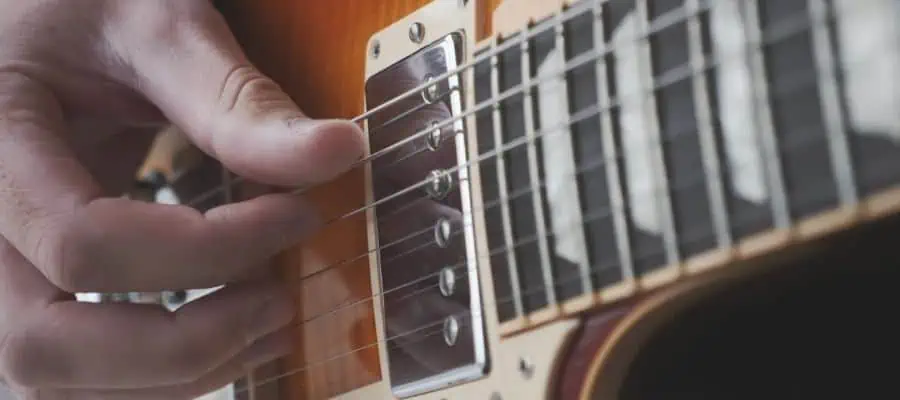
Developing finger independence in fingerstyle is like learning to juggle.
Each finger has a role to play, and they all need to work together to keep the music flowing. It’s not just about moving your fingers independently, but also about controlling the rhythm and dynamics of each finger. It can feel really weird, especially when you’re just starting out.
Here are a few tips for improving your finger independence:
- Do finger exercises. Practice exercises specifically designed to improve finger independence, such as scales or arpeggios.
- Isolate your movements. Try isolating the movement of each finger. Practice moving one finger at a time while keeping the others still.
- Alternate fingers. Practice patterns that require you to alternate between fingers, which can help improve independence.
Coordination
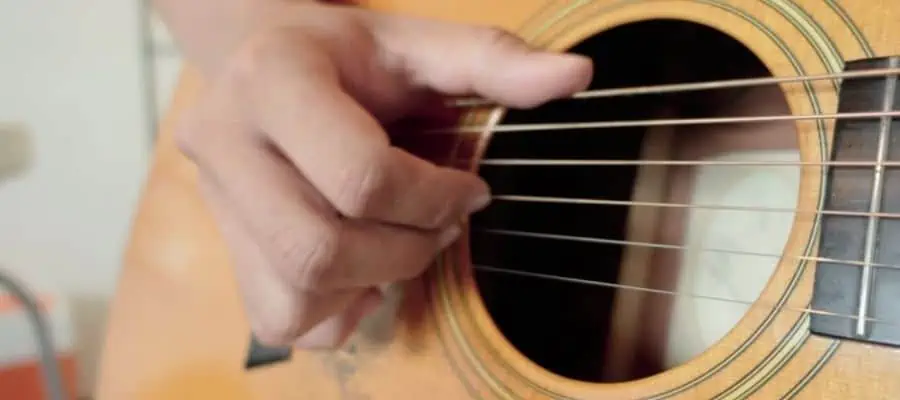
Coordination in fingerstyle guitar is like a dance between your two hands. Your fretting hand is responsible for choosing the notes, while your picking hand brings those notes to life. It’s a delicate balance that requires a lot of practice to perfect.
Building up coordination when playing — while vital to a more intricate sound — takes time.
Here are a few ways you can improve your speed and precision:
- Break down complex patterns. If you’re struggling with a complex fingerpicking pattern, break it down into smaller parts. Practice each part separately before putting them all together.
- Stay relaxed. Try to stay relaxed while playing. Tension can slow you down and make it harder to play accurately.
- Practice with different pieces. Practicing with a variety of music can help improve your versatility and adaptability, which can, in turn, improve your coordination.
Tone Control
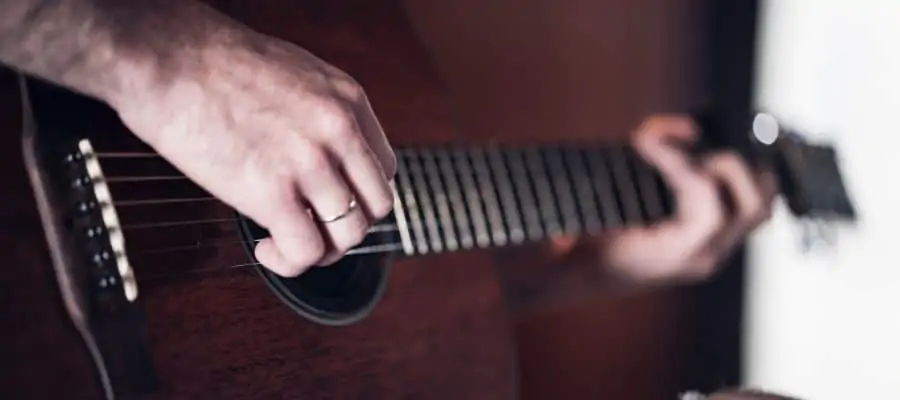
When you’re just getting used to fingerstyle, it can be tough to develop a consistent tone. It isn’t easy to adjust how much force you’re using when you’re still learning how to place your fingers correctly!
Developing good tone control involves improving your ability to pluck the strings with the right amount of force, using either fingertips, fingernails, or picks attached to fingers.
Here are my recommendations:
- Use gravity to your advantage. Let the string indent the pad of your finger, and then slowly remove that finger, letting the string roll off the end of your finger. This technique provides better tone and control.
- Adjust your hand position. The position of your hand can greatly affect the tone. Experiment with different hand positions to find the one that produces the best tone for you.
- Record yourself. Recording yourself playing can help you critically listen to the tone you’re producing. You can then make adjustments based on what you hear in the recording.
Complexity of Patterns
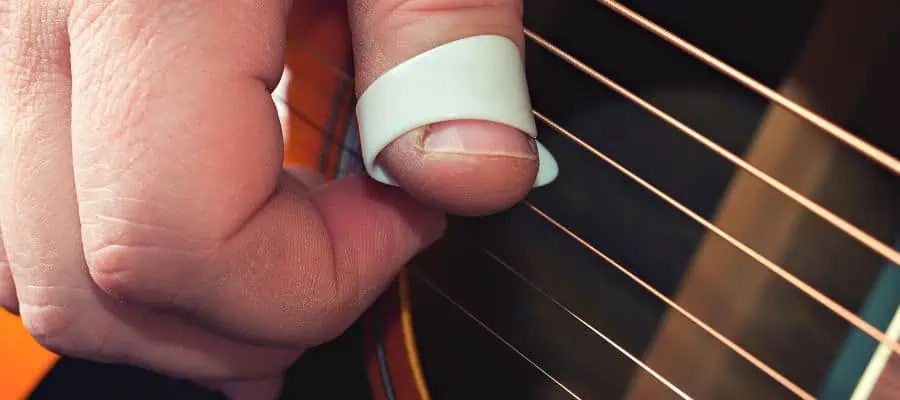
Advanced fingerstyle guitar involves playing complex patterns that can combine various guitar styles and techniques for both hands. Learning to play fluidly at faster tempos requires dedication and patience.
Here are a few tips you can use to tackle complex patterns:
- Avoid limiting yourself to only one finger-picking technique. Try using the pads of your fingers for a bluesy sound, your fingernails for a more delicate sound, or finger picks for more volume and speed.
- Use a metronome. A metronome can help you keep a steady tempo and gradually increase your speed. This is especially helpful when practicing complex patterns.
- Practice transitions. Practice transitioning smoothly from one part of the pattern to the next. Smooth transitions can make complex patterns easier to play.
Physical Demand on Your Hand

The strain of moving your fingers in new ways can be painful and demanding.
There’s no easy fix for this — the only way to lessen the strain on your hand is through practice and patience.
However, I do have a few tips that can help you get to a point where you aren’t experiencing much cramping or pain:
- Use proper hand position. Make sure your hand is in the correct position. Your wrist should be straight, and your fingers should be curved and relaxed. Avoid any positions that cause discomfort or strain.
- Gradually increase your practice time. Don’t suddenly increase your practice time. Gradually increase the length of your practice sessions to give your hand time to adjust.
- Take regular breaks. If you’re practicing for hours every day, I recommend taking a break of at least 5 minutes every 30 minutes or so.
More Complex Tablature
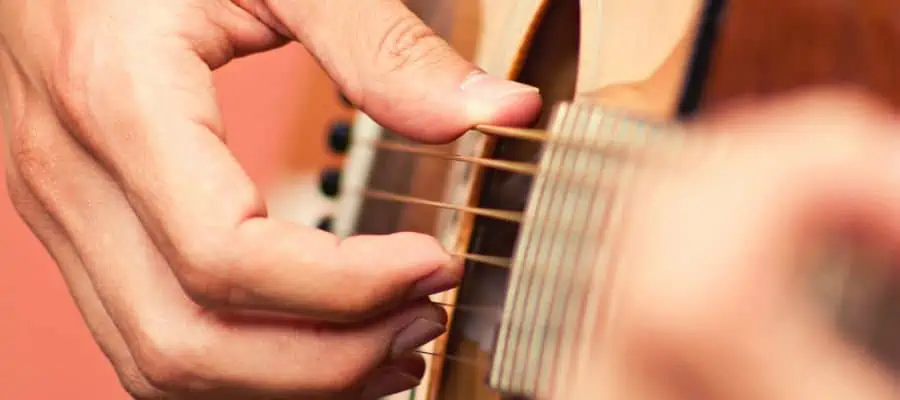
Fingerstyle tablature can be more complex than standard tablature, as it needs to show where you place the fingers on both hands.
But don’t let that intimidate you. With some practice, you can read fingerstyle tablature as easily as you read this article.
Here are a few helpful tips to get you going:
- Visualize the tablature. Try visualizing the tablature in your mind. This can help you understand the tablature better and make it easier to play.
- Understand the symbols: Ensure you understand all the symbols used in fingerstyle tablature. This includes symbols for hammer-ons, pull-offs, slides, bends, and other techniques common in fingerstyle guitar.
- Learn from others: Watch videos of other guitarists playing the tablature. This can give you a better idea of how to play it and what techniques to use.
Final Thoughts
Mastering fingerstyle guitar, with its unique demands and intricate patterns, can be challenging.
But remember, every challenge faced is a step closer to becoming a proficient fingerstyle guitarist. The hurdles of finger independence, coordination, tone control, complex patterns, physical demands, and deciphering complex tablature are all part of this beautiful journey.
Despite its difficulty, fingerstyle guitar’s expressive and versatile sound makes every bit of the effort worthwhile. So, keep practicing, stay patient, and remember that the joy of playing fingerstyle guitar is worth the journey!
If you found this article useful, you may want to save this pin below to your Guitar board.

Recent Posts
Some guitarists insist on buying an expensive amplifier with their electric guitar. They assume that this is a must for every type of guitarist out there. However, in some situations, this isn’t...
Top 50 Free Realistic Guitar VST Plugins With Sound Examples
As technology has rapidly advanced in the recent decade, computers are stealing more and more roles from physical musical instruments and accessories. Nowadays, you do not need expensive amps,...

